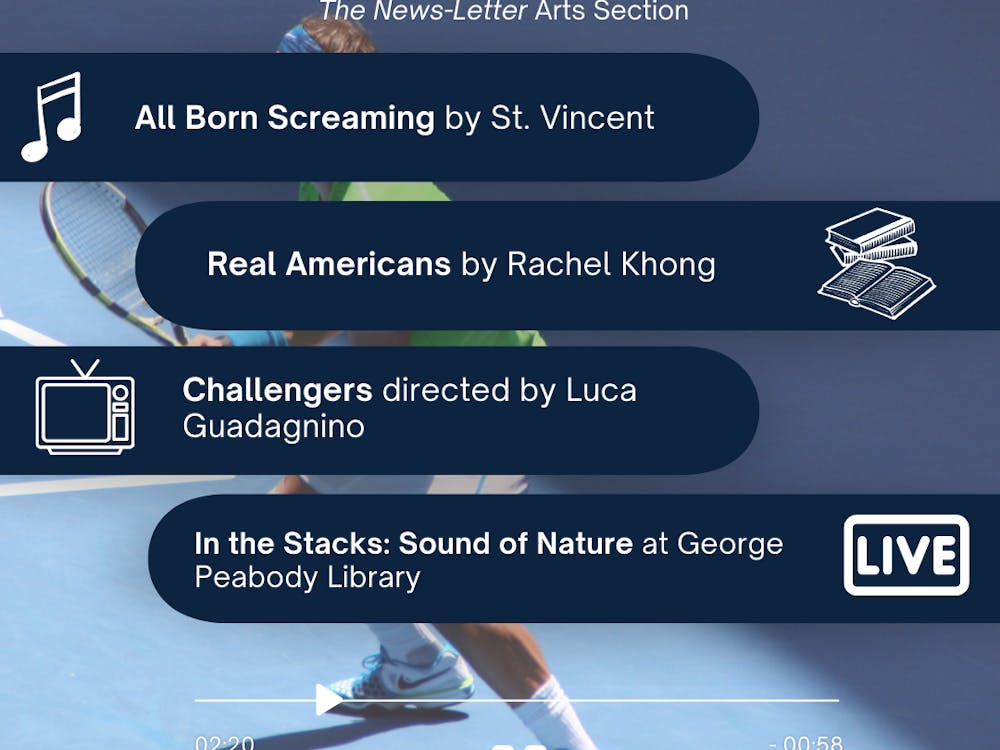Do you like the Wu-Tang Clan? Of course you do; It is impossible not to. Assuming that whoever might read this is indeed an avid fan of the RZA, the GZA, Ol’ Dirty Bastard, Inspectah Deck, U-God, Ghostface Killah, Method Man, Raekwon the Chef, the Masta Killa and all their assorted affiliates, I bring good tidings.
Part of what makes Wu-Tang so great are the samples that the production wizard RZA used to create a sound so unlike any other before it. Those samples were often pulled from kung fu movies but not the expensive, money-is-no-object blockbusters most people below the age of 40 would be familiar with.
RZA instead drew from the films that gave the Clan its name: the low-budget, campy, corny and amazing action movies that were churned out by the Shaw Brothers Studio throughout the latter half of the 20th century.
There are a lot of these movies, thousands in fact, and quite a few are available for streaming on Netflix and Amazon. They are generally in Mandarin originally, being that the Shaw Brothers’s massive Movietown studio was located in Hong Kong.
Dubbed versions are arguably more endearing due to the comical failings of dubbed dialogue, but they are also elusive, so you will have to settle for subtitles.
Although it would be a grand endeavor to watch all these films and write an article on that, I would rather not fail out of school. So instead, I will provide you, dear reader, with a light sampling of gaudy kung fu excellence. Here are three Shaw Brothers films and, as an added bonus, the Wu-Tang songs that sample them. Yes we are crossing artistic disciplines here at The News-Letter. Welcome to high intellectual culture.
1. Invincible Shaolin (1978):
This ‘70s masterpiece stars the Shaw’s favored leading men, the Venom Mob. That is a very intimidating name for a group of actors, but it does sound really cool. There were six principle Venoms — Kuo Chui, Lu Feng, Chiang Sheng, Sun Chien, Lo Mang and Wei Pai — each of whom filled a particular role and specialized in a particular fighting style.
In Invincible Shaolin, the Venoms play a group of Shaolin monks who are duped into a clan war by a perfidious Qing general. The Qing Dynasty, which ruled from 1644 to 1912, was Manchurian as opposed to Han Chinese like the majority of its subjects. That historical fact comes across in this film: The foreignness of the Qing villains is a major part of the conflict, since they were unpopular amongst the Han.
Anyway, the plot is eventually discovered and the film culminates in an exciting and highly choreographed fight scene full of post-production sound effects and ketchup-y blood. As far as the Wu-Tang connection, this one is a bit limited, but dialogue from the movie was featured in the song “Mantis” from RZA’s alter-ego album, Bobby Digital in Stereo.
2. The Five Deadly Venoms (1978):
In case the title did not make it too obvious, this movie also stars the Venoms, although in this they are known by their corresponding animal styles: Centipede, Snake, Scorpion, Lizard and Toad. In the film, the dying master of the legendary and elusive Poison Clan sends his last remaining pupil to find the missing Venoms, one of whom is unknown to the others. Unsurprisingly several of the Venoms are up to some dastardly deeds and the pupil recruits Lizard and Toad to help him defeat the remaining three.
There are some plot twists — this movie actually has a pretty strong storyline — and of course an intense final battle scene. Apart from the endearingly low-budget special effects and the over-the-top acting, Five Deadly Venoms is a truly good movie. It is part murder-mystery, part action-adventure. More importantly, the violent climax includes people running on walls and flying. Wu-Tang Clan fans will recognize some of the dialogue from quite a few songs, most notably “Da Mystery of Chessboxin’” (“Toad style is immensely strong and immune to nearly any weapon”) and “Snakes” off of Ol Dirty Bastard’s Return to the 36 Chambers: The Dirty Version. In case you were wondering, yes, I am listening to Enter the Wu-Tang as I write this.
3. Kid with the Golden Arm (1979):
“I’m the kid with the golden arms,” so sayeth the rapper U-God on “Gravel Pit.” Kid with the Golden Arm might sound like a weird name for a kung-fu movie and it is. However, the movie is not about a pre-teen with some sort of King Midas-style extremity. Once again starring the Venom Mob, this film follows a government agent as he attempts to transport gold through a starving province while fending off the notorious Chi Sha gang.
The gang is led by four men, Golden Arm, Silver Spear, Iron Robe and Brass Head. Naturally, those names all correspond to different fighting styles and I am happy to relate that Brass Head ramming people with his special helmet is accompanied by the sound of a whizzing bullet. This movie is a particularly brutal one and the majority of the characters are killed, but it is also arguably the most gaudy of the three.
I would encourage you to look at some of the other Shaw Brothers movies because there is a truly insane amount of them and they all exist on the same plane of greatness. These three are my particular favorites because they embody the ridiculous and immoderate action movies that were popular during the mid-to-late 20th century. Not only that, but there is an extreme pleasure in watching these movies and recognizing samples from Wu-Tang songs. That recognition almost always results in one reciting the entirety of “Da Mystery of Chessboxin’” while actors on fish wire fly across your TV screen.























Please note All comments are eligible for publication in The News-Letter.